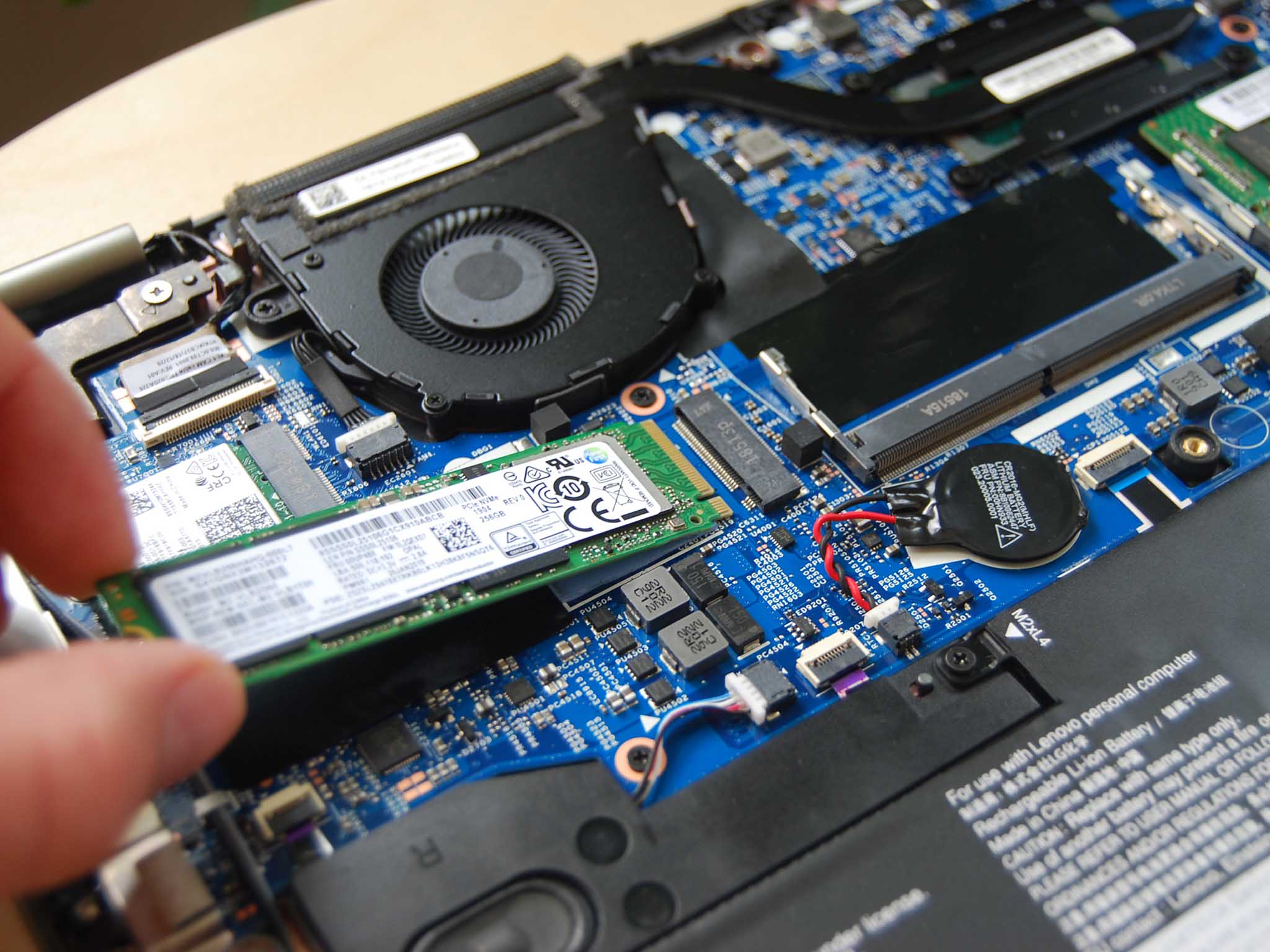
Lenovo's L390 is a cheaper way to get your hands on a 13-inch ThinkPad, and the move from SATA solid-state drive (SSD) to PCIe M.2 SSD for improved performance is a welcome one. However, you can only get up to a 512GB SSD from the factory, which for a lot of people won't be enough. Luckily, with the removal of the laptop's back panel, you have easy access to the M.2 PCIe slot for an SSD upgrade. Here's what you need and how it's done.
Hardware and software to get the job done
- M.2 PCIe NVMe SSD: Samsung 970 EVO Plus (From $70 at Amazon)
- SSD enclosure for cloning: ElecGear M.2 PCIe enclosure ($48 at Amazon)
- Cloning tool: Macrium Reflect 7 (Free at Macrium)
- Prevent damage: Rosewill anti-static wristband ($7 at Amazon)
- All required tools: ORIA PC toolkit ($33 at Amazon)
- Budget business laptop: Lenovo ThinkPad L390 (From $729 at Lenovo)
How to upgrade the SSD in your Lenovo ThinkPad L390
Note: Before beginning any upgrades on a PC, it's a good idea to back up your data in the unlikely event something should go wrong. You'll also want to ensure you're not working in a static-filled environment, as it can cause damage to a PC's internal hardware. Consider investing in an anti-static wristband to avoid unnecessary damage.
The ThinkPad L390 is available in a number of configurations from Lenovo, with up to a 512GB PCIe M.2 SSD. While the L390 in our review model uses a Samsung PM981 SSD with excellent read and write speeds, you might receive a different, slower type of SSD in your model — manufacturers often go with what is available at the time — or you might just want to save money at checkout on smaller storage and upgrade yourself at a later time. In any case, our recommendation for an upgrade SSD is Samsung's 970 EVO Plus thanks to outstanding performance, reliability, and a competitive price.
Because the L390 only has the one storage drive, you might want to also invest in an external M.2 SSD enclosure to clone Windows 10 and any other data on the old SSD over to the new SSD before the swap. We've used Macrium Reflect 7 successfully a number of times, and have even written a guide to get you through the cloning process.
If your old SSD is still fresh and you don't particularly care if its stored data is lost, you can do a clean install of Windows 10 after upgrading the SSD, but know that you'll be starting from scratch. If you do have files you'd like to keep, be sure to make a separate backup before a fresh install of Windows 10.
Once you've completed any cloning and any data backup, clear out a well-lit workspace and power down your ThinkPad L390 before proceeding with the steps below.
- Unscrew the nine silver fasteners on the bottom panel of the ThinkPad L390. They are designed to not completely back out to help prevent loss.
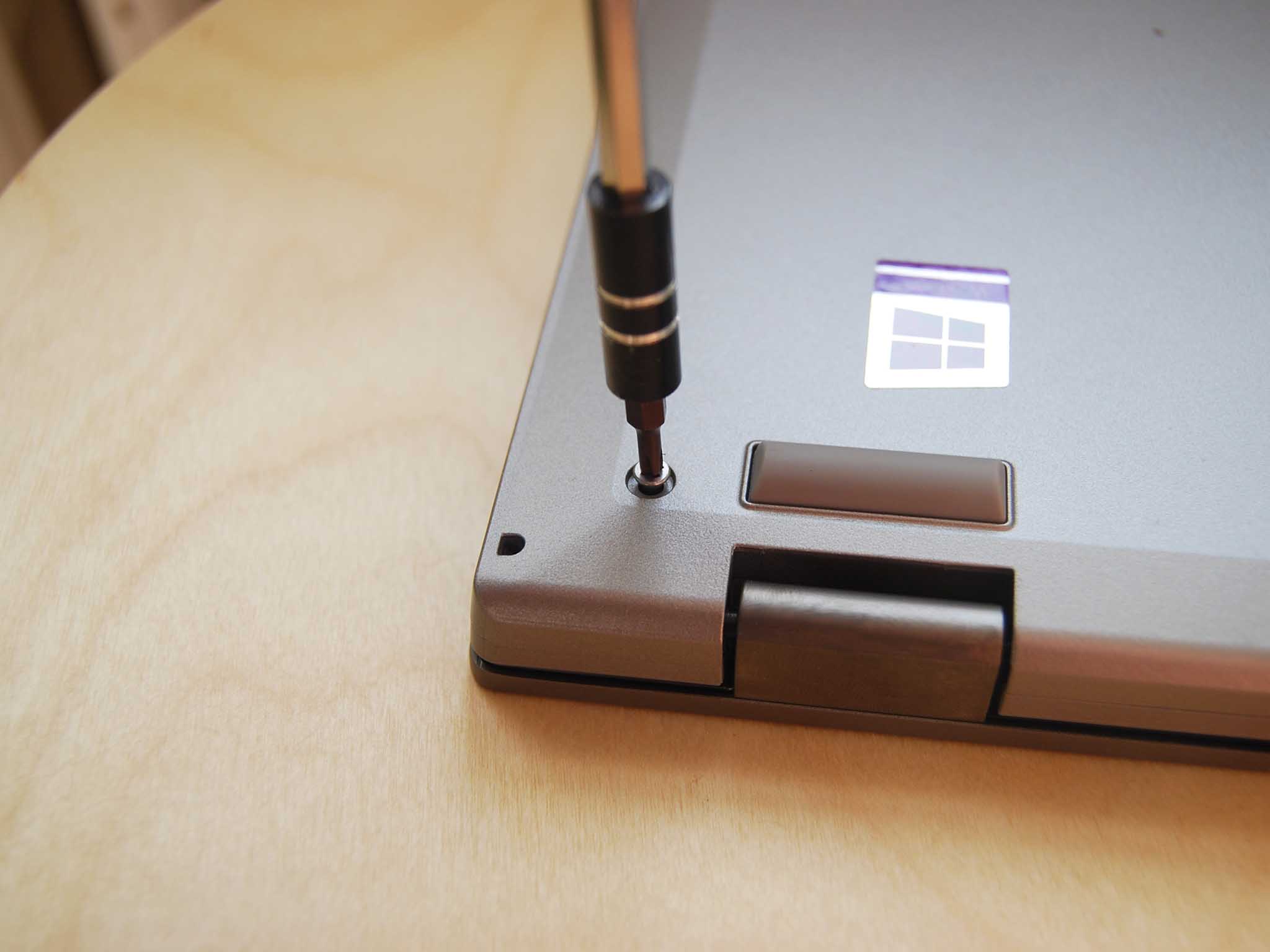
- Pry up the back panel using a pry tool. Start at one corner and carefully work your way around the device.
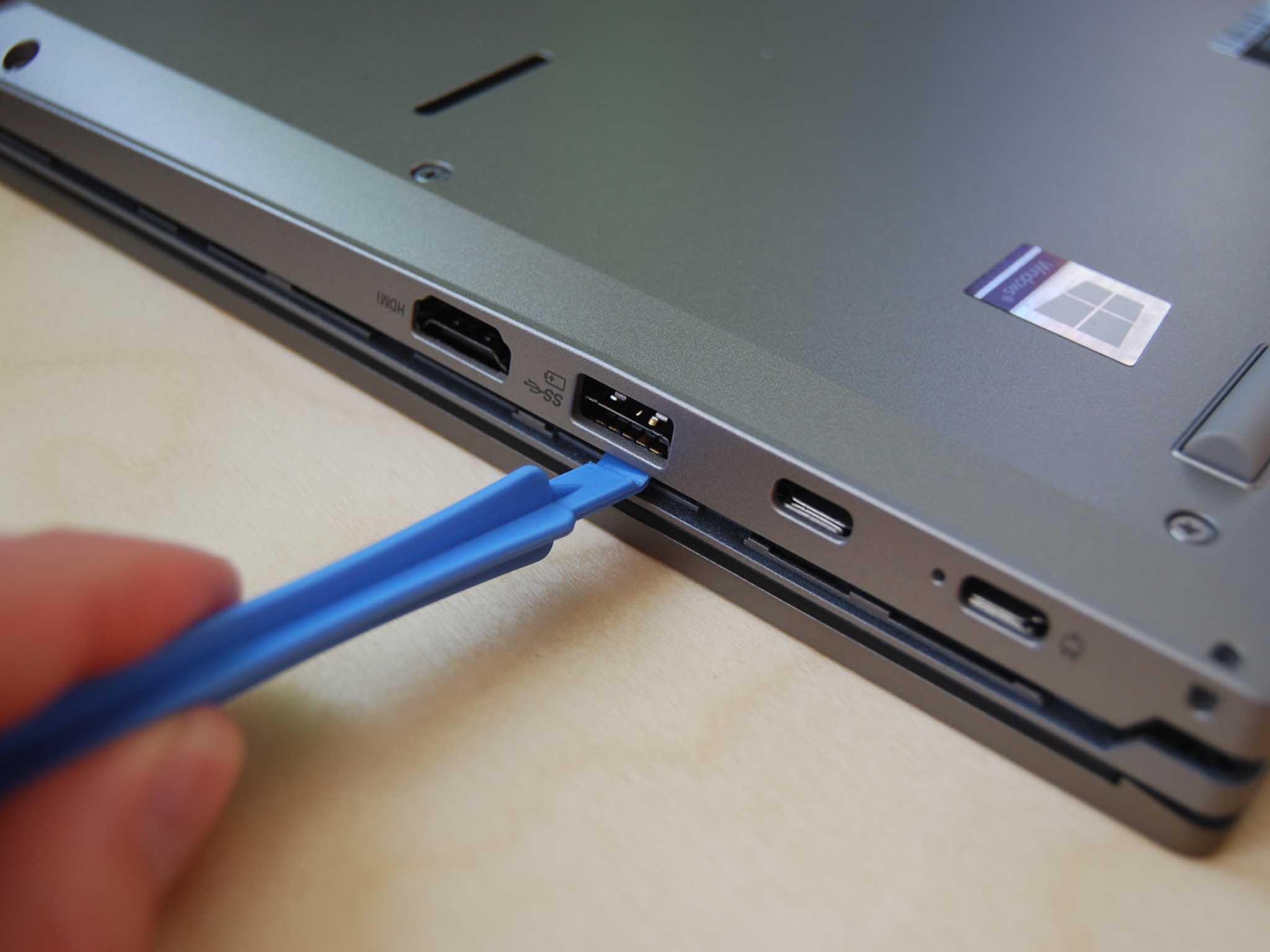
- Unscrew the single silver fastener at the end of the M.2 SSD.
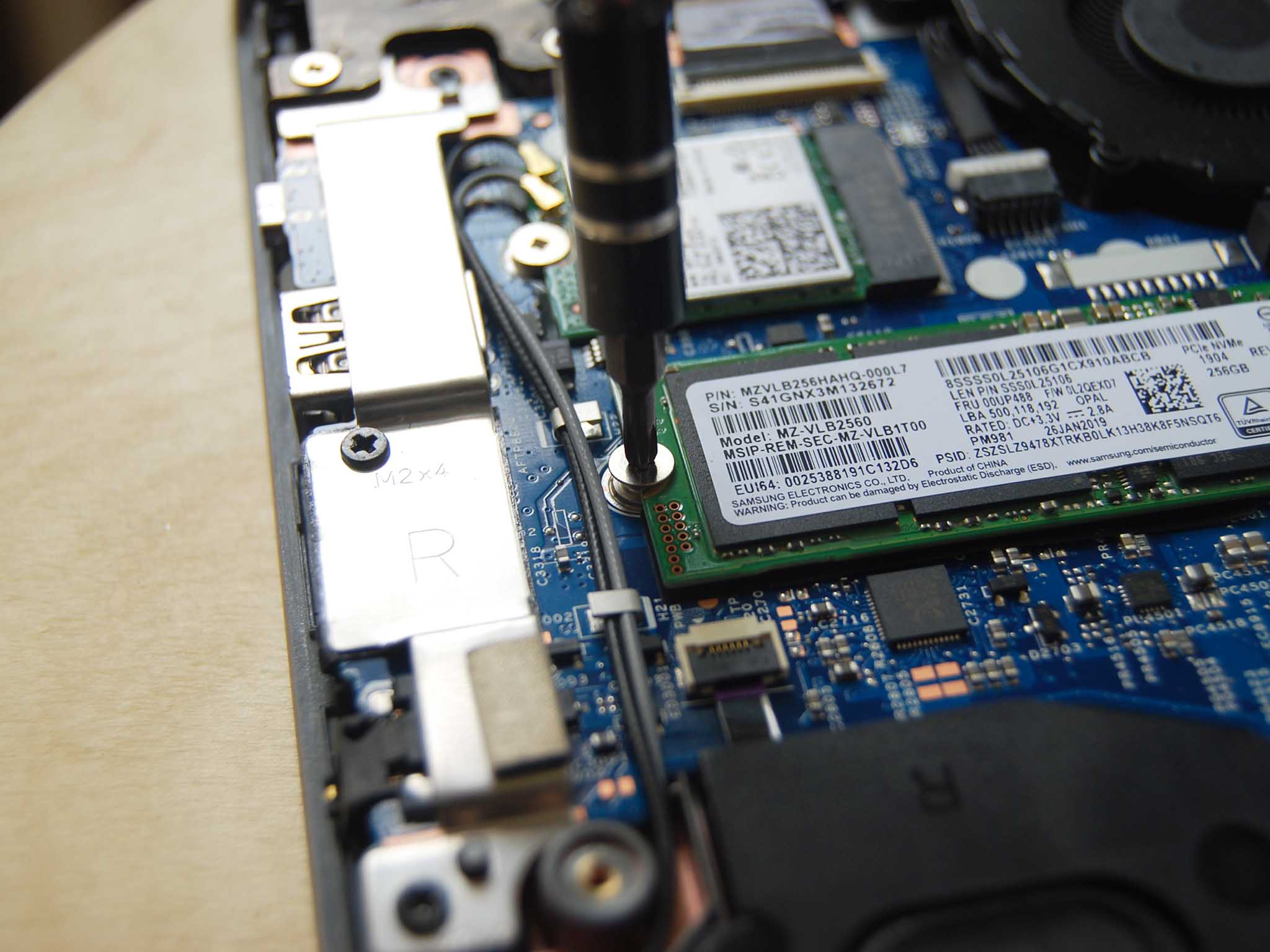
- Remove the M.2 SSD by carefully sliding it away from the slot.

- Insert the new M.2 SSD into the slot. Notice that it is keyed and should only fit one way.
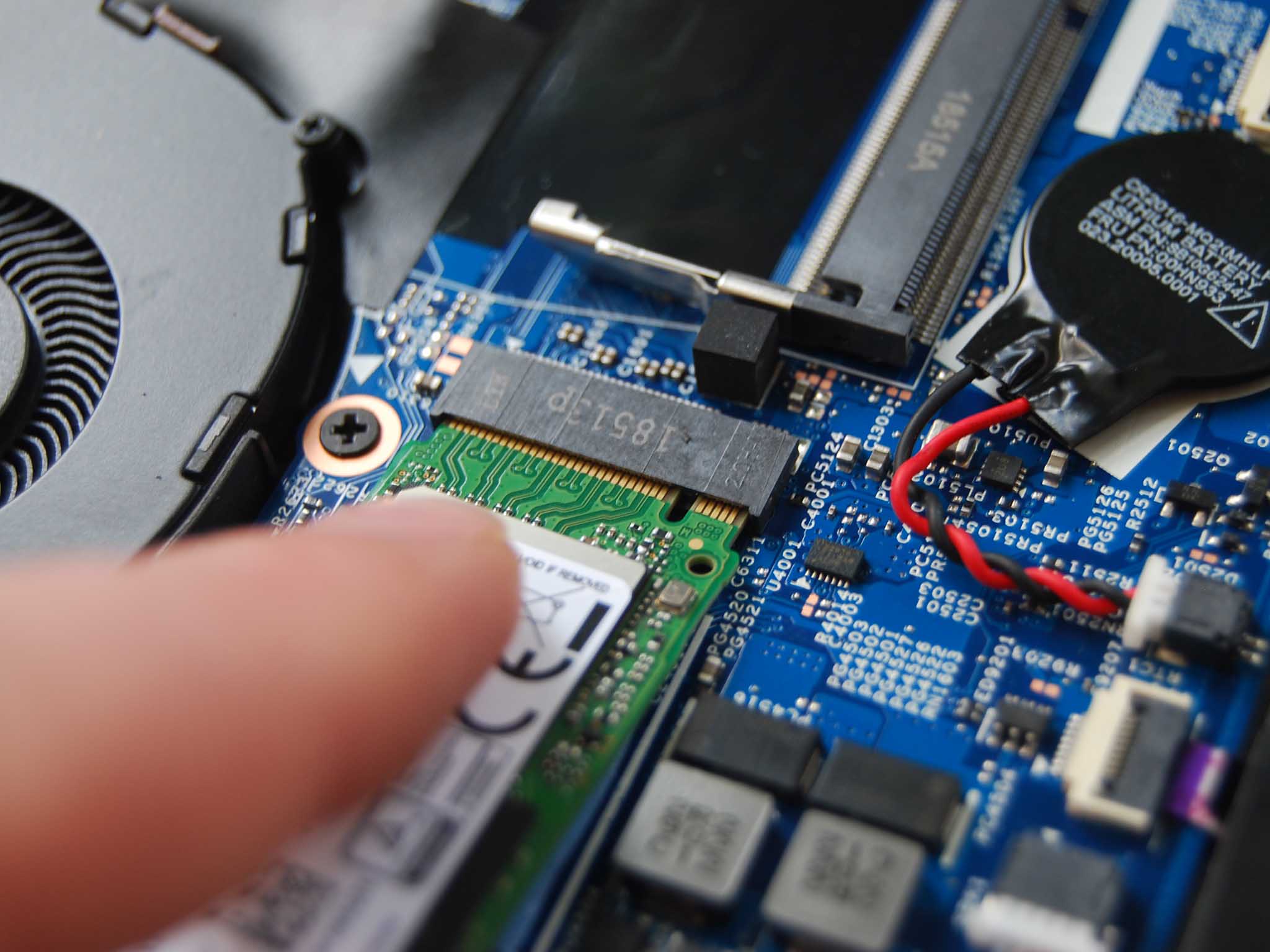
- Screw in the single silver fastener at the end of the SSD. Be sure you do not overtighten.
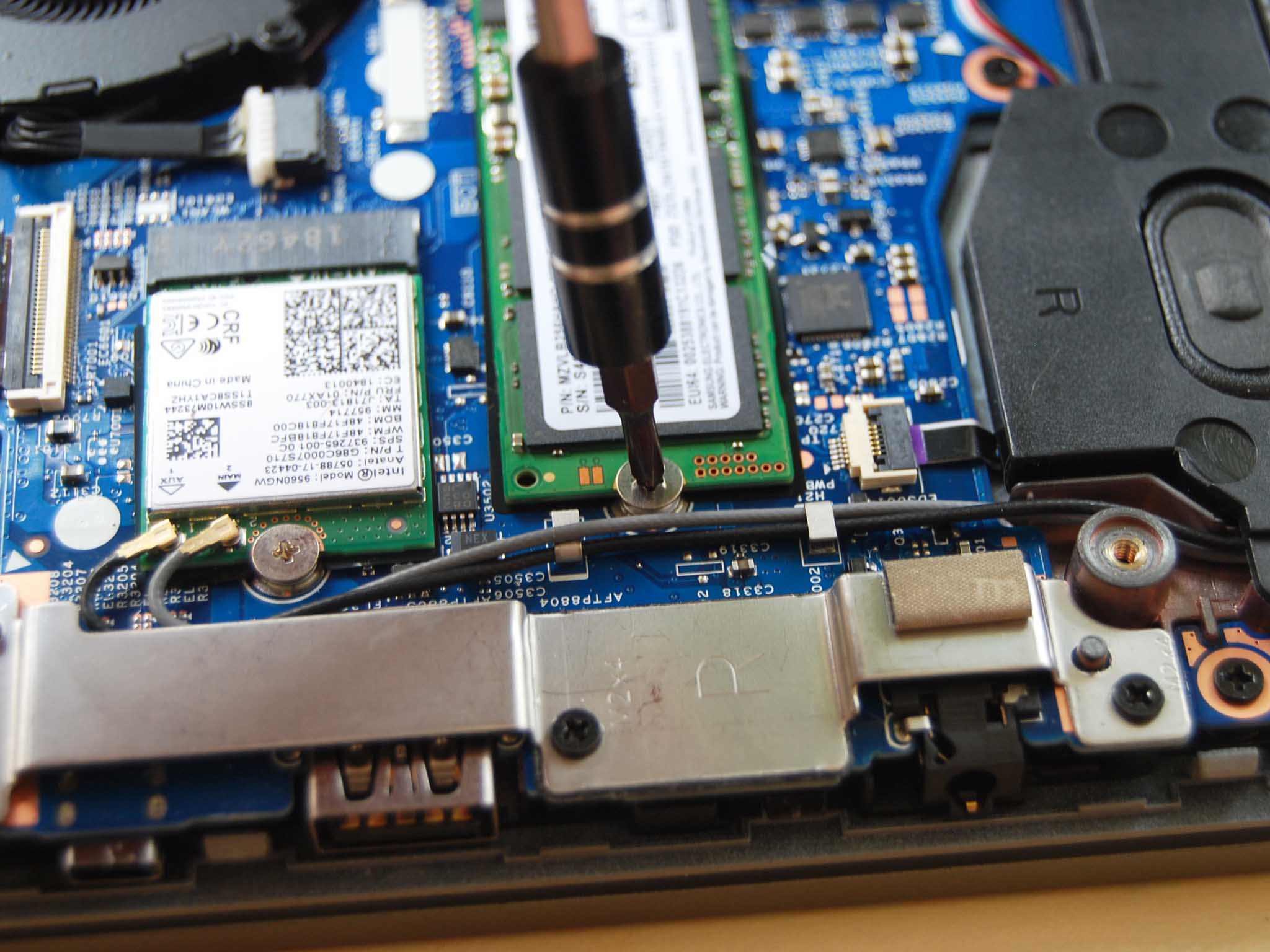
- Replace the bottom panel of the laptop by applying pressure until you hear it click back into place. Because the screws don't come completely away from the back panel, you might have to back them out again as you're replacing the panel to get it to sit flat.
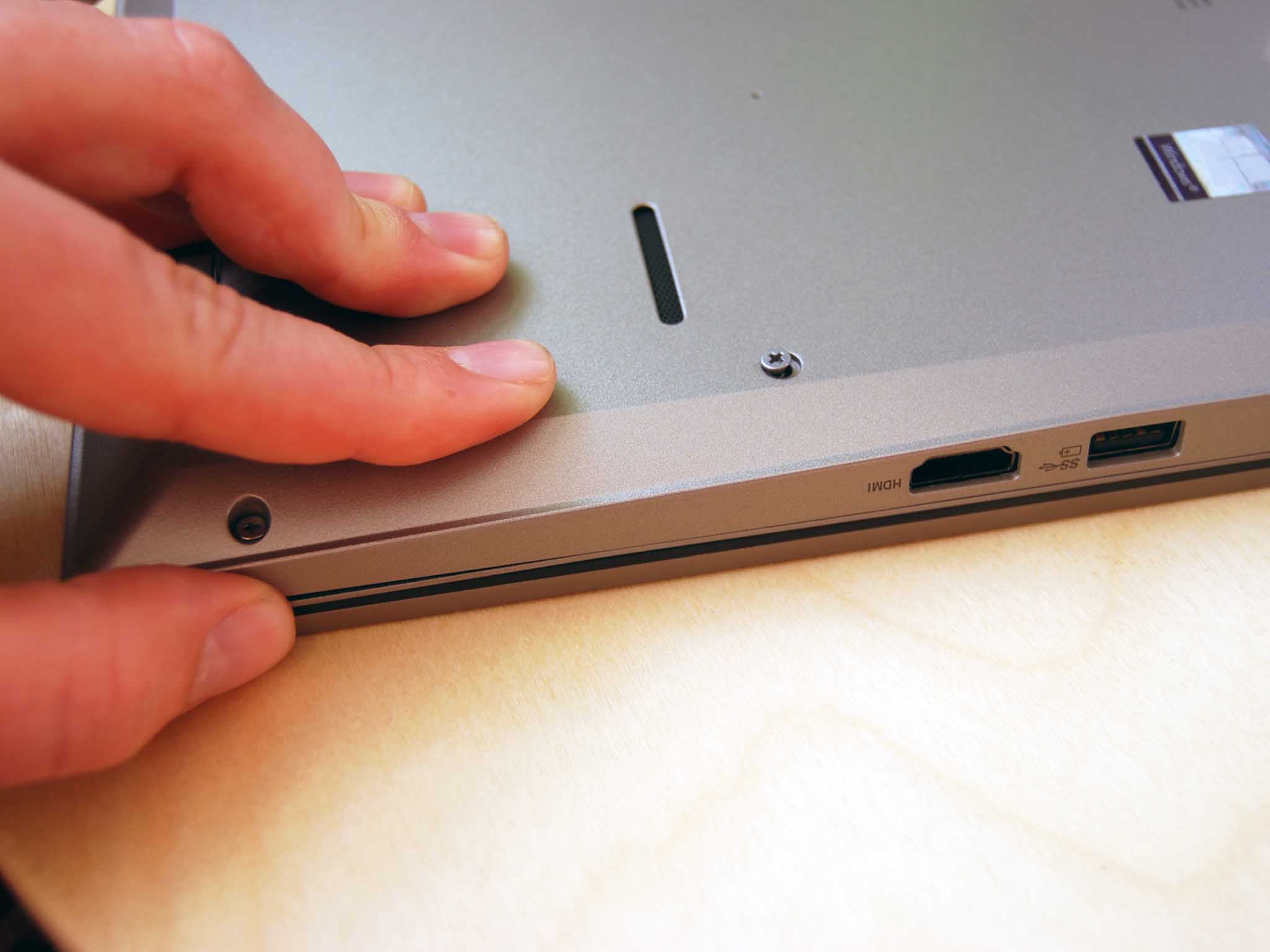
- Screw in the nine silver fasteners on the back panel.
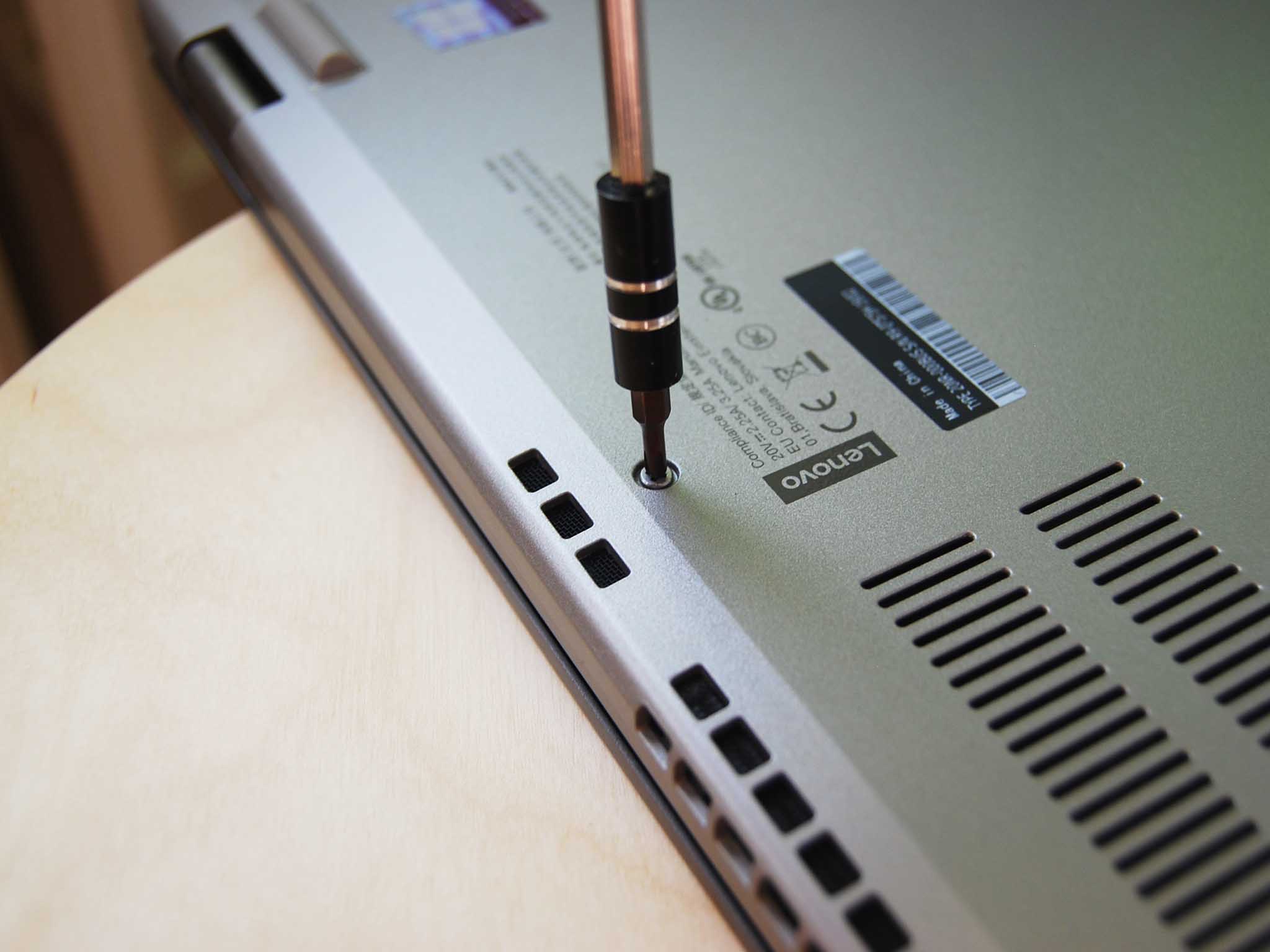
You can now boot up your ThinkPad L390 and see if the upgrade went according to plan. If you chose to do a fresh install of Windows 10, now is the time to do so.
Get the Windows Central Newsletter
All the latest news, reviews, and guides for Windows and Xbox diehards.
Our top hardware and software picks
Our pick for an upgrade M.2 PCIe NVMe SSD is Samsung's 970 EVO Plus. It's incredibly fast, it's long-lasting, and it's relatively cheap for the performance you're getting.

Unreal performance up to 1TB in size
Samsung's 970 EVO Plus brings blistering read and write speeds, a competitive price, and a 5-year warranty, which altogether is an impressive package. Sizes start at 250GB and go up to 1TB.
The ThinkPad L390 is a minor refresh of the L380, and while the display is still sub-par, gone is the slow SATA SSD in place of a speedy PCIe option. There's still the excellent ThinkPad keyboard, plenty of ports, upgradeable hardware, all-day battery life, and durable build available in silver or black colors.
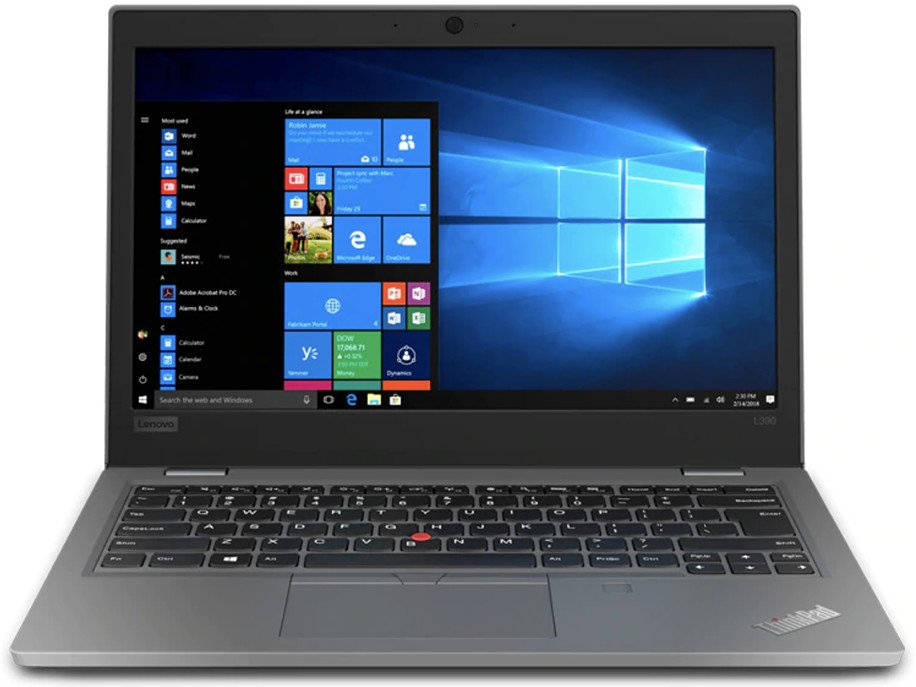
More affordable ThinkPad with a few fewer features
The L390 is a lot like the L380 — ports, display, battery, and overall design remain unchanged — though the SATA SSD has been swapped for faster PCIe and Intel Whiskey Lake CPUs now make an appearance. As long as you don't mind the display and don't need some of the extra features available with X and T series ThinkPads, you can save a few hundred dollars.
Additional Equipment
To make the upgrade process easier and less risky, consider investing in some of these affordable PC tools, and don't forget about Macrium Reflect and an external enclosure for those who want to clone drives.
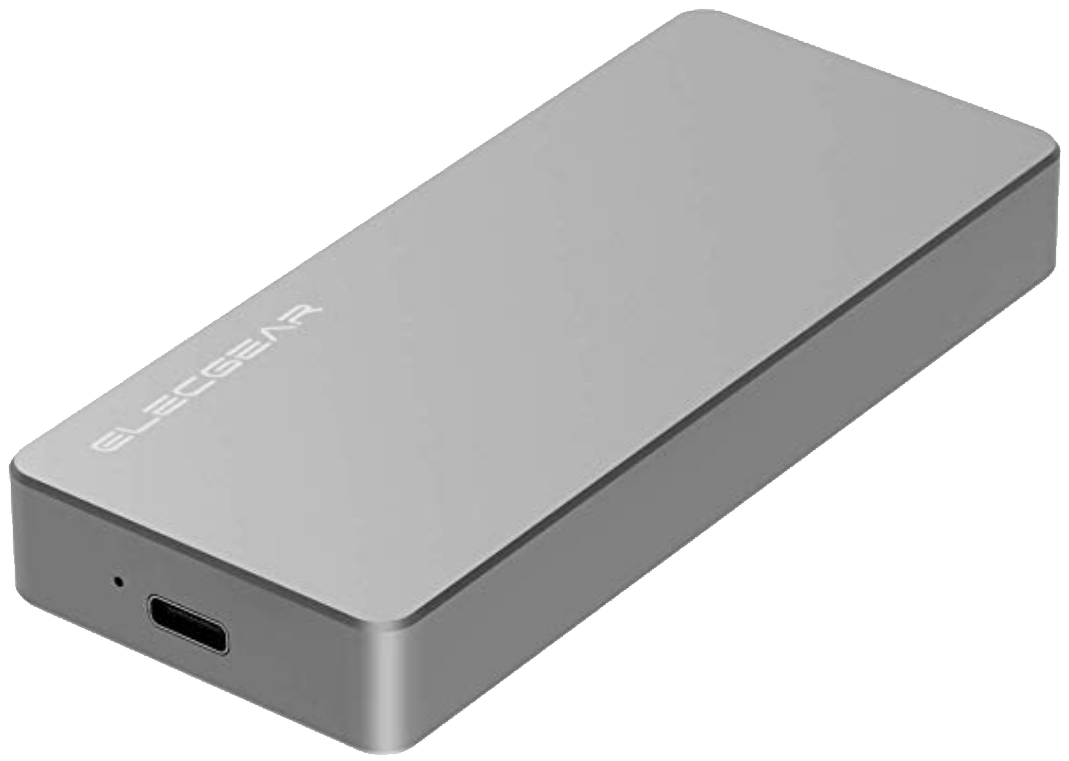
ElecGear M.2 PCIe enclosure ($48 at Amazon)
If you're cloning the original SSD to the new SSD, an external enclosure is needed. This option from ElecGear fits M.2 PCIe NVMe SSDs and can connect back to your ThinkPad P72 with USB-C or USB-A.
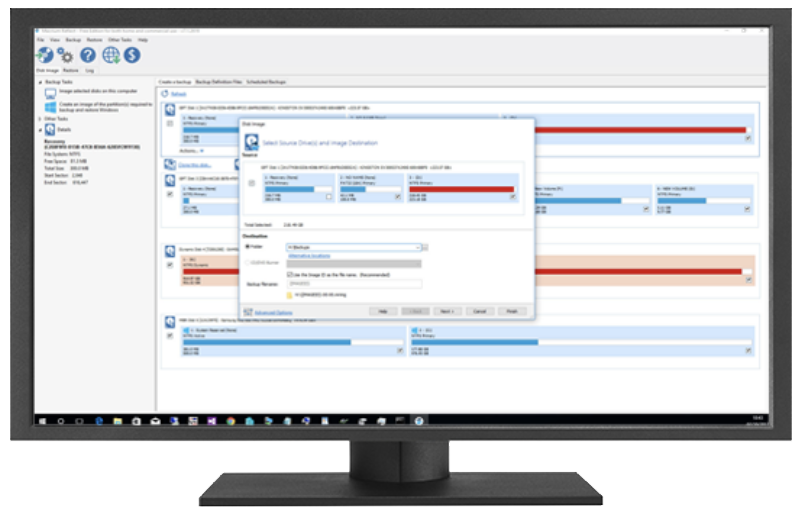
Macrium Reflect 7 (Free at Macrium)
We've had success cloning drives with Macrium Reflect 7, and have even written a complete guide on how to use it properly. A free edition is available, but you can purchase a full edition with a bunch more features for those who truly take backups seriously.
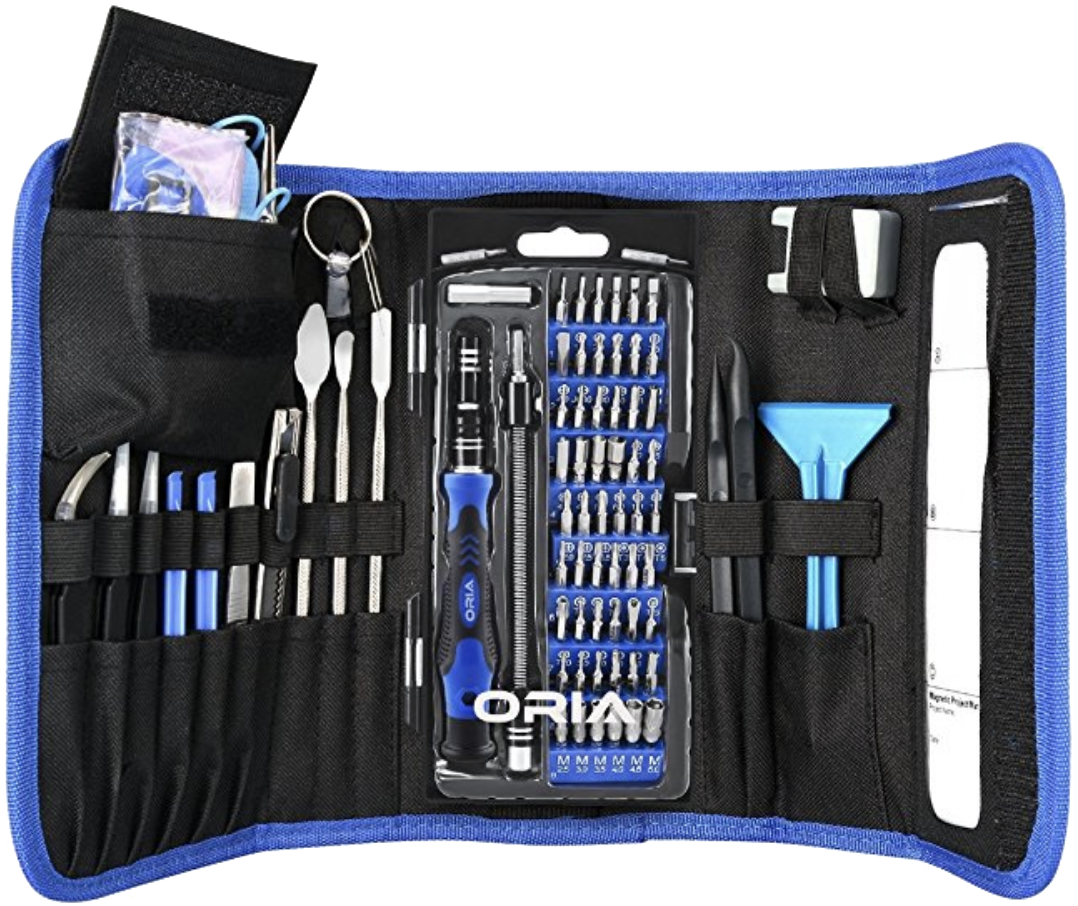
ORIA PC toolkit ($33 at Amazon)
Having the proper gear to work on your PC will always make the job much easier. Here you get a plethora of tools contained in a portable case.
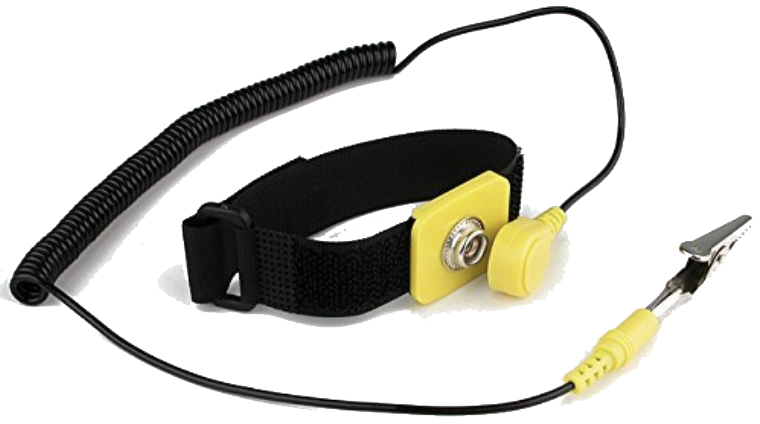
Rosewill anti-static wristband ($7 at Amazon)
Static electricity can damage sensitive PC parts, so remove the risk with an anti-static wristband. Fasten it around your wrist and clip it onto your PC for peace of mind.

Cale Hunt brings to Windows Central more than eight years of experience writing about laptops, PCs, accessories, games, and beyond. If it runs Windows or in some way complements the hardware, there’s a good chance he knows about it, has written about it, or is already busy testing it.
